redbeardrelics
Hero Member
- Joined
- Jan 3, 2014
- Messages
- 891
- Reaction score
- 1,024
- Golden Thread
- 0
- Location
- Maryland's Eastern Shore
- Detector(s) used
- Garrett GTI 2500, (Ace 250 spare)
- Primary Interest:
- Other
2015 has been a relatively slow year for me in regards to pre historic artifact hunting. The majority of the farms I surface hunt on were no tilled this year, and the dreaded rumor is that it may happen again next year. It was a crying shame because we had good rains this spring, if the fields had just been turned.
I am relegated to light duty chores today, due to my left eye being swelled shut from a bee sting on the eye lid yesterday, so I thought this might be a good time to post photos of the few treasured finds that came my way so far this year. Happy hunting to all.
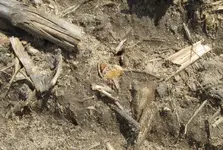

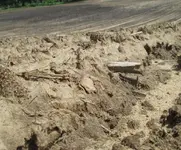
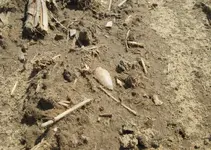
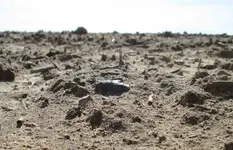
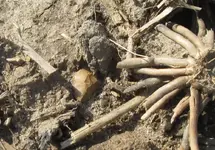
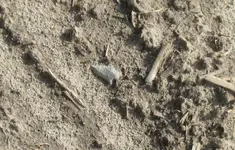
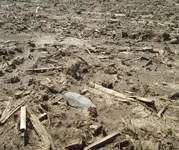
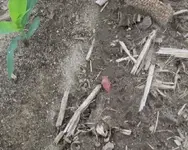
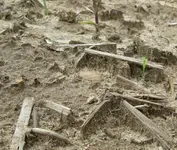
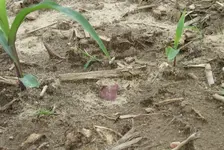
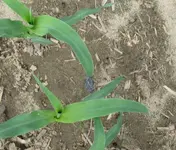
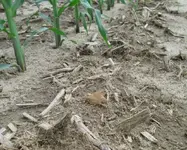
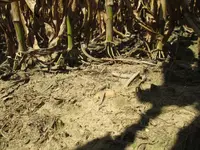
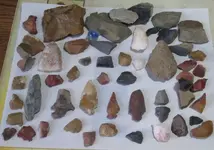
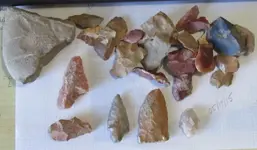
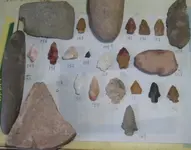
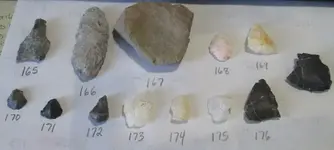
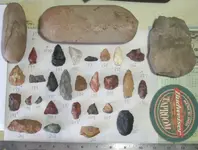
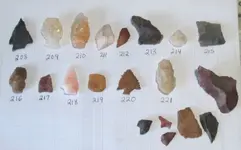
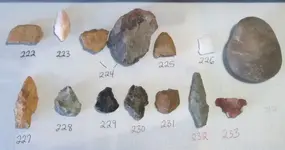
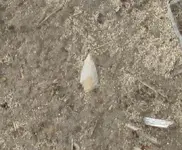
I am relegated to light duty chores today, due to my left eye being swelled shut from a bee sting on the eye lid yesterday, so I thought this might be a good time to post photos of the few treasured finds that came my way so far this year. Happy hunting to all.






















Upvote
0




